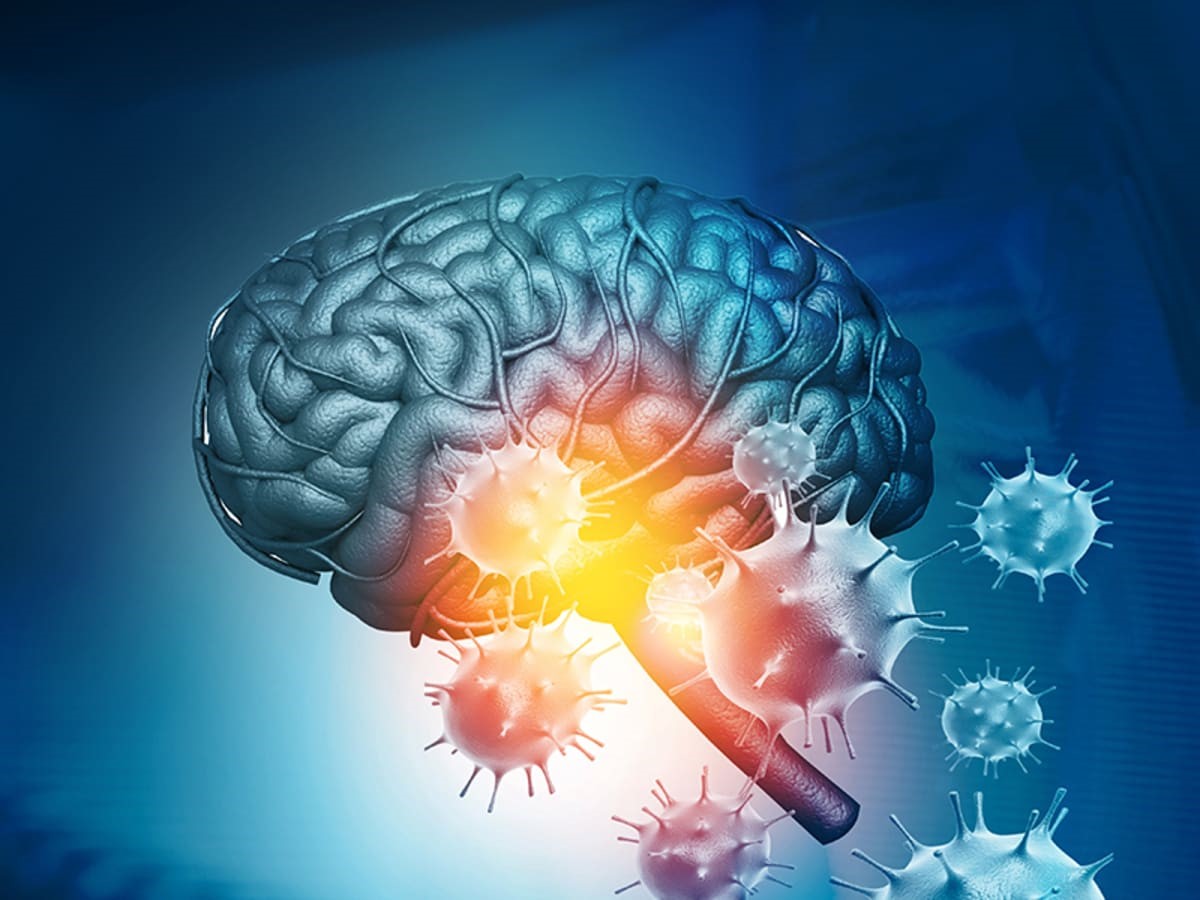The role of L-arginine in the treatment of cardiovascular diseases: the focus is on the choice of effective dose
L-arginine is a conditionally essential amino acid that was first isolated in 1886 by E. Schulze and E. Steiger, and its structure was established by E. Schulze and E. Winterstei in 1897 [1]. L-arginine is used several times ways for the synthesis of protein and low molecular weight bioactive substances (eg, nitric oxide – NO, ornithine, proline, creatine and polyamines), which are of great physiological importance. In addition, arginine regulates cell signaling pathways and gene expression to improve cardiovascular function, increase insulin sensitivity [2], increasing muscle mass and reducing obesity in humans.


